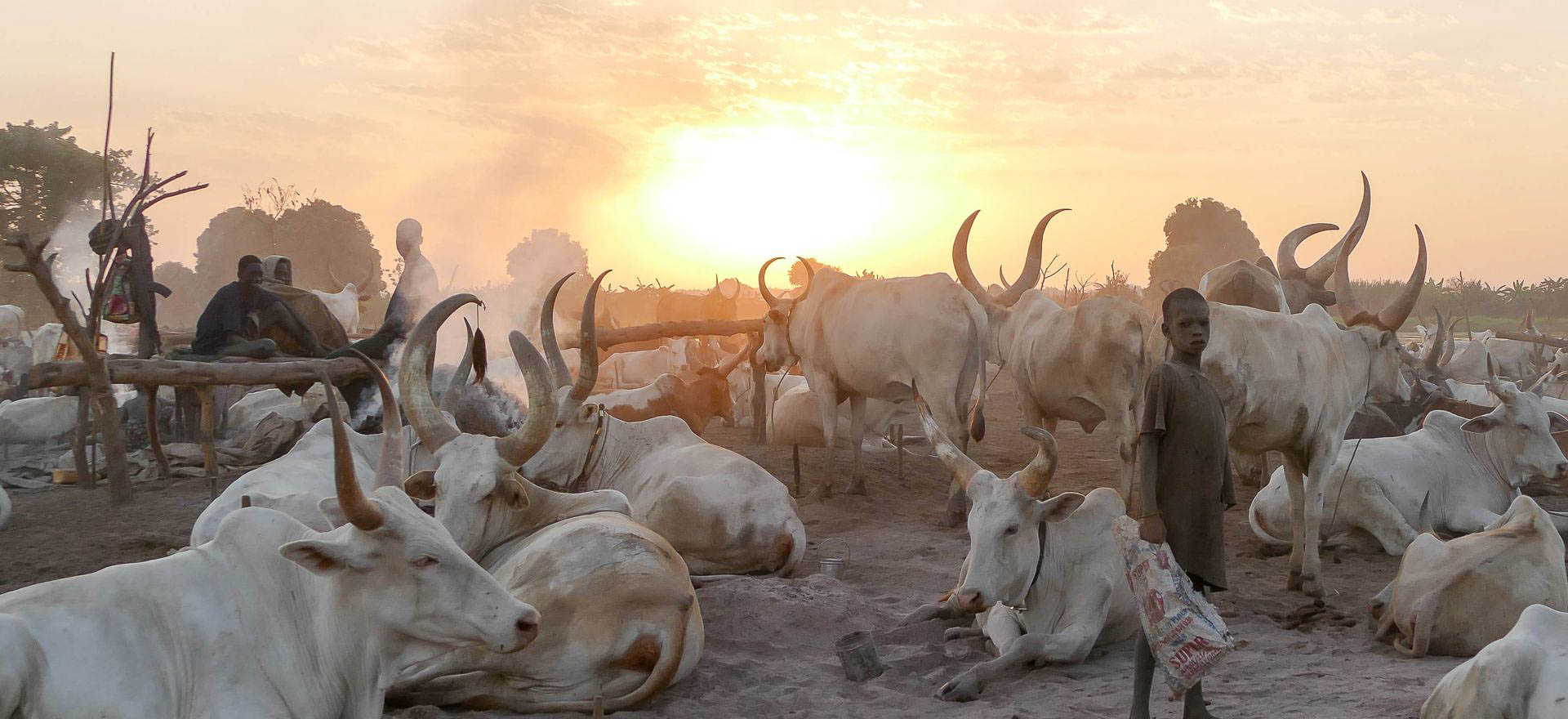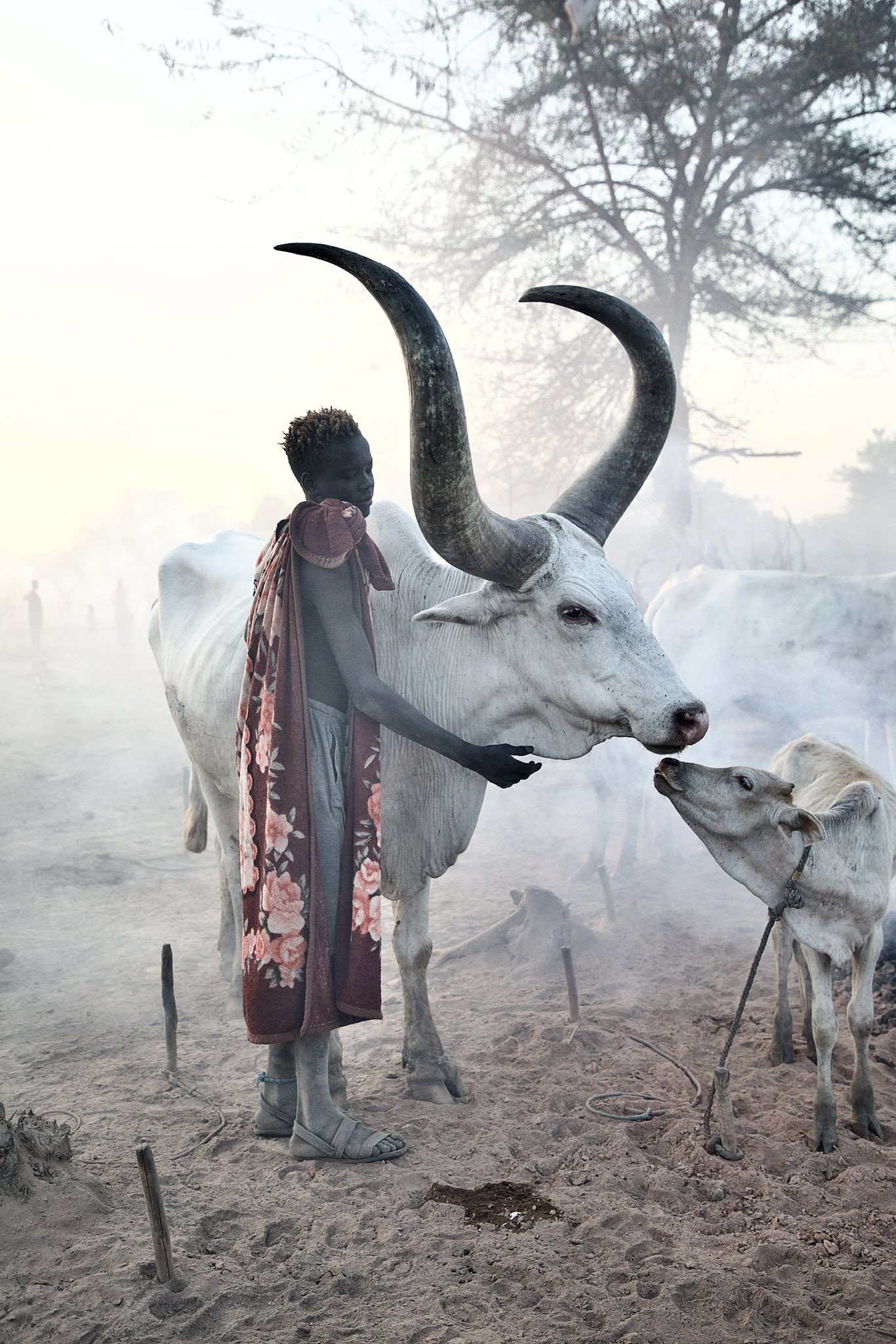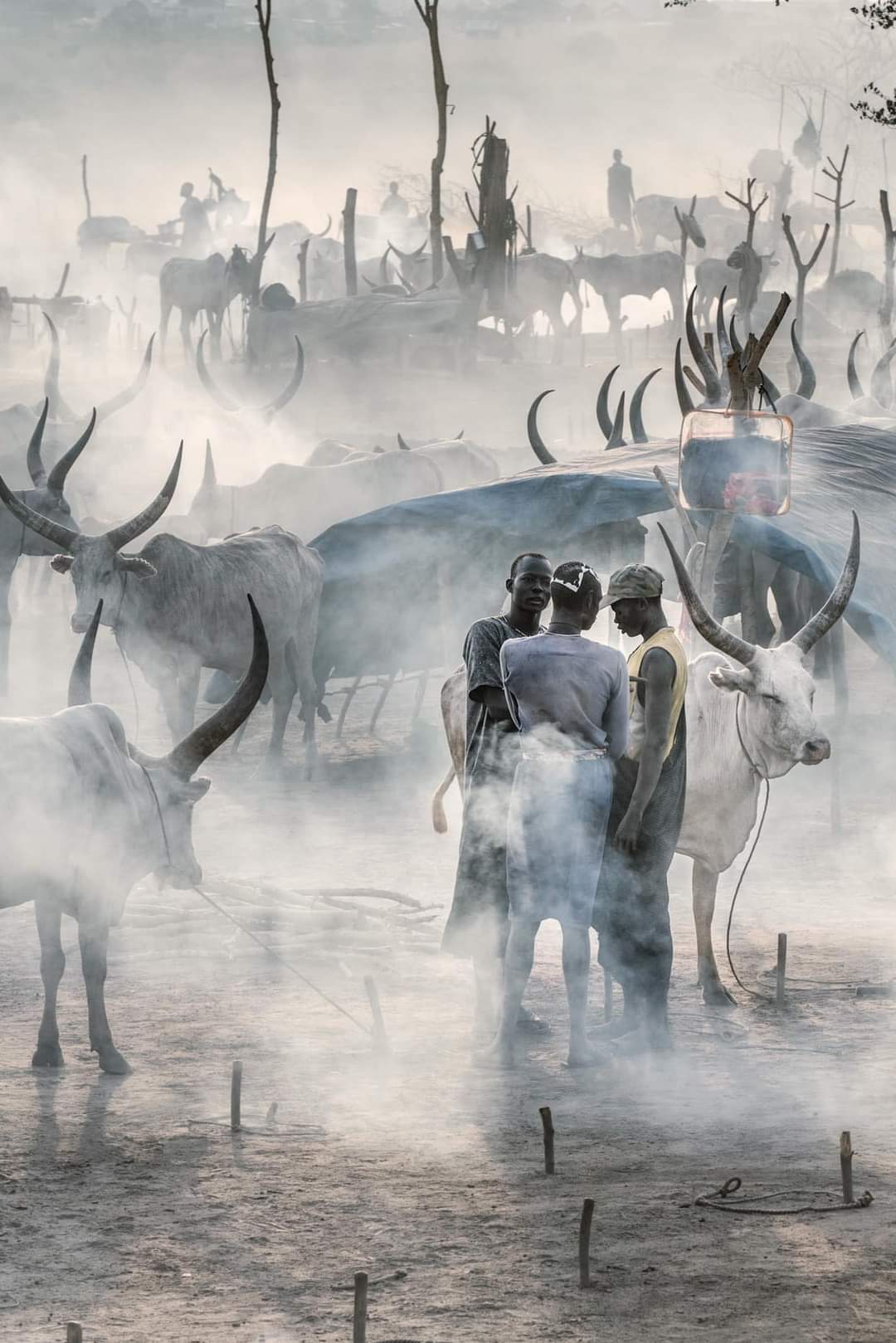The African Giants
World's largest land mammal, a sight to behold on Africa’s sprawling Savannah. Regarded to be among the most intelligent animals and always entertaining for all the safari-goers. Weighing over 6 tons(6000kg) and measuring up to 11 feet shoulder height, the African elephant is second to none on land and is the world’s largest land mammal. In order to sustain its enormous size, the African elephant can consume up to 300 kg of vegetation in a single day which can stretch up to 18 hours of foraging, over almost 20km of distance.
Quick facts
- Weight of brain: 5kgs+
- Adult weight: 2500kg-6500kg
- IUCN status: vulnerable
- Scientific name: Loxodonta africana
- Elephants have large brains | The brain of an elephant is approximately 4 to 5 kg which is 4 times the size of a human brain. The elephant brain has a bigger and denser temporal lobe which supports their incredible memory. It is from here that a saying was developed that Elephants don’t forget as they can recognize old faces, old tracks, and old landscapes.
- Major threats to elephants in Africa: what are the major threats to Elephants? | Poaching and ivory trade remain the biggest threat. • Human-elephant conflict. • Habitat loss.
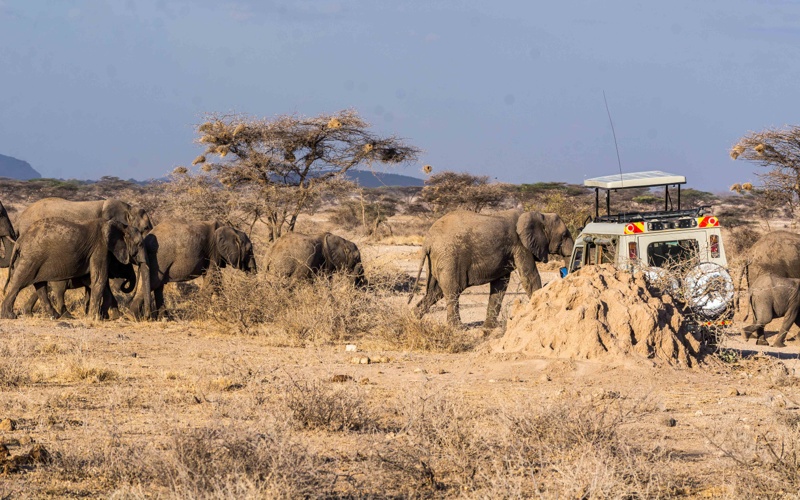
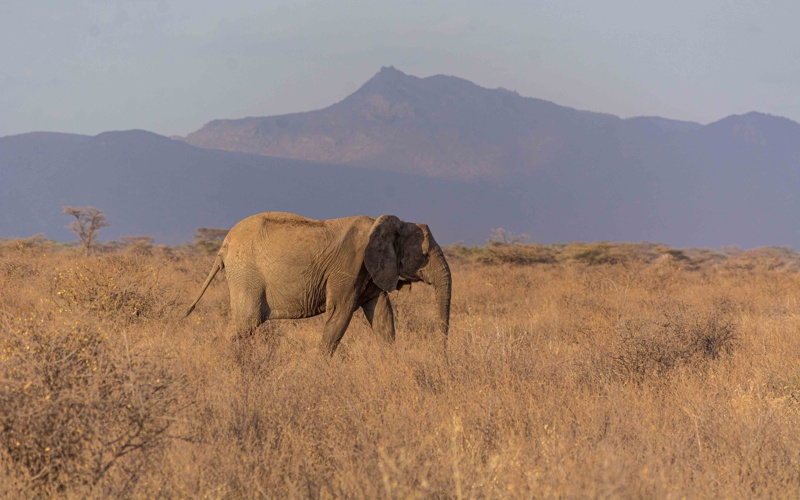
Female elephants live in closely knit clans in which the eldest female matriarch takes over the leading role over her sisters, daughters, and granddaughters.
Elephants are a positive to the ecosystem due to their large sums of feeds, they move around breaking down trees and eating bushes and shrubs which control most areas from turning into intact forests.
These giants siphon 30-50 gallons per day using their trunk, the truck is by far the most useful feature for digging, signaling, gathering food, and as well spray water all over their bodies.
Bush elephants are sociable, affectionate, and good at caressing companions, they will take care of the weaker individuals and are good at adopting the orphans
The elephant feet.
Their feet are spongy pads each with four or five toes, toenails and this helps elephants absorb the pressure from the ground due to their heavy weights.
MYTHS ABOUT ELEPHANTS
- Elephants are afraid of mice; no instead they are terrified by bees
- Elephants go to graveyards to die. Because elephant bones are found in groups a myth developed that they go to specific places to die there but this is probably because they were killed and collected in specific places. However, they mourn just like humans.
Elephants drink through their trunks. it’s strange to imagine something drinking through its nose, surprisingly in 3 seconds, the trunk is half filled with around 8 liters for squirting into its mouth.
- Elephants love peanuts, a theory developed in the 19th century when people paid to feed elephants sacs of peanuts in circuses and zoos.
The gestation period of elephants
Elephants have a 22-month gestation period and on giving birth, a baby elephant can stand in a minute while it can later swim in a few hours. This can be attributed to the vulnerability to predators of these babies and so they have little time to waste learning these life-saving tactics.
Breeding in elephants
A female usually bears a calf between 10 to 20 years and does so again after 4 to 6 years. They can give birth even in their 50s
Elephant diet
Elephants are primarily herbivores
Elephant diet contains grasses, bushes, twigs, fruits, tree barks, small plants, and sometimes roots, especially the fresh juicy ones.
Elephant species
There are 3 species of elephants, African savanah, African forest and Asian elephants. The latter occupies the forests of Asia while the former two are native to the savannah grasslands, woodlands and forests.
Differences between the African savannah and the African forest elephant
African savanah elephant
African forest elephant
· Larger in size
· Smaller and slender
· Short thick curved tusks
· Long thin tusks pointing downwards
· Africa shaped ears
· Round shaped ears.
· Brown-grayish in color
· Darker in color
Uses of elephant trunks
The elephant trunks are multipurpose tools with over 40000 to 150000 muscles; they can perform an unimaginable number of responsibilities for the elephant, and other wildlife in a mutual relationship.
They use their trunks for several purposes
- Rubbing and a touch for a greeting or assurance
- Spraying cool water over their hot bodies
- Used to play games with each other
- To bring down a tree branch with fresh juicy leaves
- To move bushes out of its way
- Digging holes in river beds to allow water to flow from the ground.
How do elephants communicate?
Elephants communicate through vibrations (small earthquakes) and are known to have a unique and complex communication system.
Elephants trample onto the ground to generate impulses that travel several miles and these vibrations are taken up and interpreted by the recipient through their bones.
Elephants also communicate through touch, taste, and smell while they are observed excitedly greeting each other even after many years of no contact
Roles of elephants in the ecosystem
Elephants are the landscape designers.
With their herbivorous feeding, elephants have been described as landscape architects as they shape trees by bringing down the oversized branches, and clear tracks in the dense forests. Elephants are heavy feeders Elephants can forage vegetation up to 300 kg in a single day, however, a big portion of this is passed out undigested this is the reason several species will be waiting for an elephant to excrete through the back door. Elephants are expert dispersers. From the undigested fruits to plant stems, elephants ensure plants and tree species migrate to other territories Elephants provide food to other species. Birds and baboons pick fruits and seeds from elephant dung, while plants also get their seeds dispersed to different areas and hence increase their chances of survival. Any undigested plant stem can have another chance at life considering the fertile and nutritious environment the elephant dung provides Elephants are manure manufacturers With much of their intake excreted undigested, elephants supply a great amount of manure, especially to the savannah undergrowth like grass, small plants, shrubs, and even trees.
Where to see elephants in Africa
Where are African elephants found? Elephants can be found in the tropical and subtropical regions of Africa and Asia while African elephants are in the savannahs, grasslands, highlands, swamps, and even deserts of Africa. Uganda, Tanzania, Botswana, Namibia, Kenya, Zambia, and South Africa are some of the 23 countries that harbor these mammal giants.
Tips for viewing Bush elephants
- These are big animals that don’t require over-straining your eyes, however, while viewing one must be keen on behaviors. Agitation of individuals and herds with calves must be given enough space. Bulls must as well be given enough space because sometimes are agitated by Musth.
- You're always advised to use a safari jeep while on a safari, or walk around with a ranger for keen spots.

